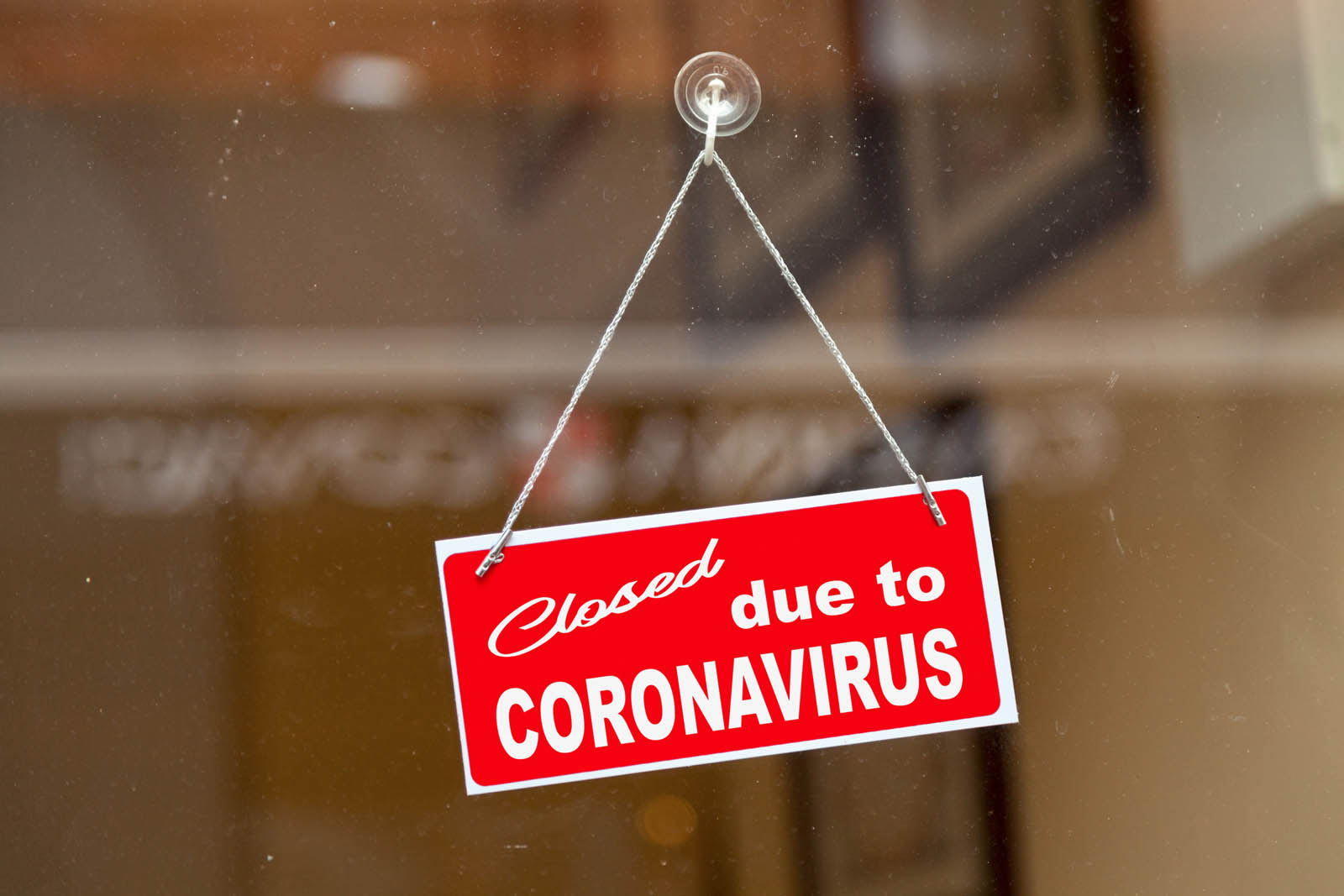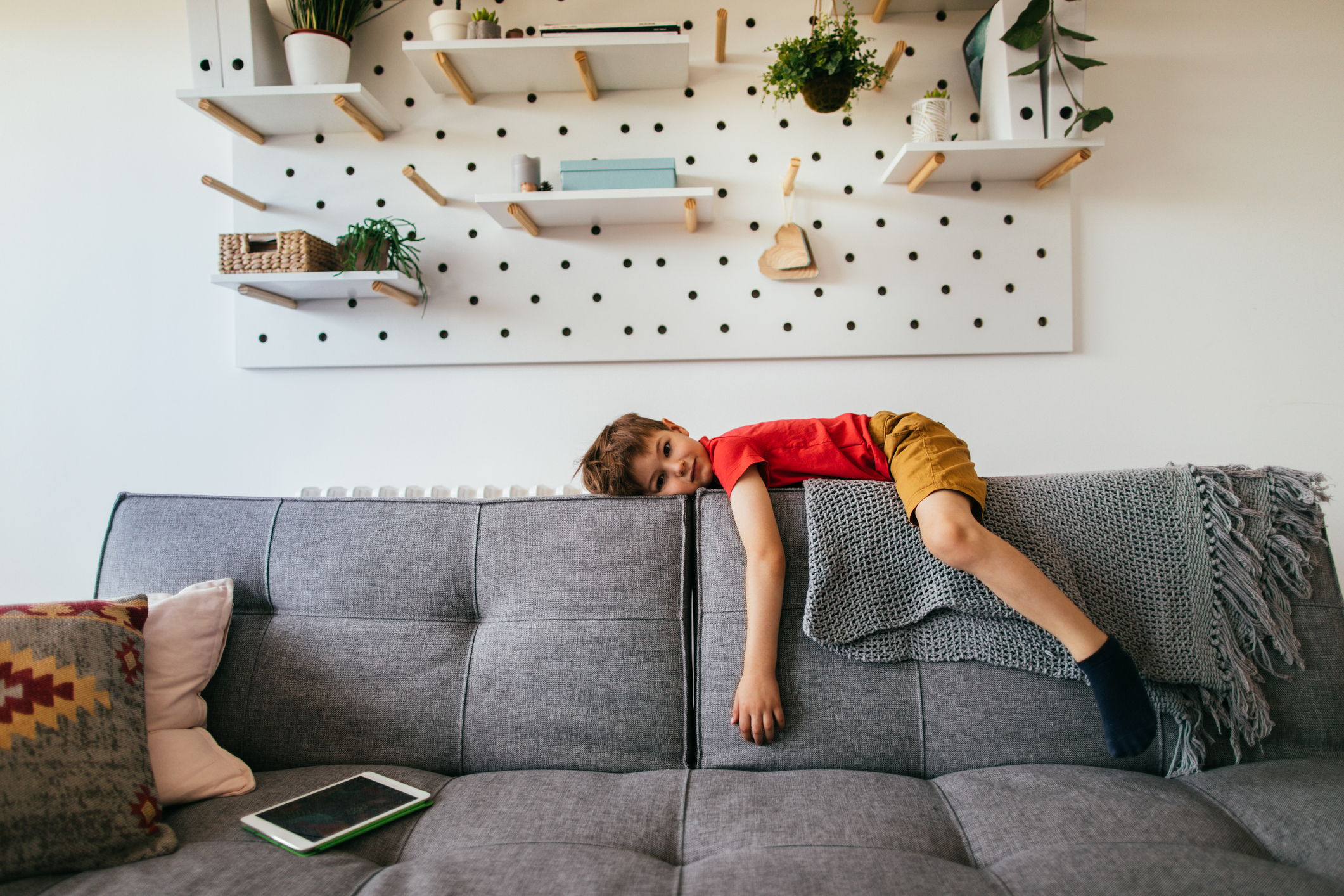
Consumer Behavior Is Shifting: Five Reasons Why You Need to Act Now
Nancy Baum
Vice President, In-Person Qualitative Research
COVID-19 is affecting all of us: large events have been canceled; schools are closed; retailers are adjusting their operating hours or shutting their doors; restaurants are pivoting to take out or delivery; airlines are reducing operations, and states are enforcing full shelter-in-place orders. As we continue to watch this situation rapidly evolve across the country and the world, we hope that the rhythms of daily life and commerce will quickly return to normal.
Spending has shifted in recent weeks. What we don’t yet know is whether these behaviors are temporary, or for which industries and categories they will be permanent. We do know that major life milestones (e.g., moving, marriage, becoming a parent for the first time, etc.) have always been markers of shopper behavior shifts – at milestones, consumers are open to discovering new brands as their needs and preferences change. We also know it can take just a few weeks for some new habits to solidify. We are beginning to see that this pandemic (and this pause in our normal routines) will likely linger in some form for months to come. In turn, this disruption may have lasting effects on consumer behavior.
For some brands, strategies are quickly shifting; priorities are getting reassessed, and research initiatives are being rescoped or put on hold because of this disruption to consumer behavior. In this time of major change, however, connecting with consumers is more important than ever – both in the near and long term. This presents a unique opportunity to understand how shopper and consumer behavior shifts are affecting your brand.
Here are some aspects of this pandemic that are leading companies to consider market research as a way to help them understand the changing climate.
Beliefs Around What Constitutes a Necessity and a Luxury Item Will Change
Consumers are focusing on necessities and may be cutting out purchases on what they consider splurge items. Is there a way to pivot and position your brand as a “little luxury” that they can incorporate into a more spartan lifestyle?
At the same time, the strain to the supply chain for consumer products is forcing consumers to choose what’s available rather than what they may prefer, and this may be expanding the trial of your product. Will your product experience create new loyalties? What benefits are you offering that you may not have taken credit for with today’s “triers”?
Bear in mind, too, that consumers want to maintain the comfort of their routines as much as possible to have a sense of normalcy and cope with the stress of life right now. Who are your die-hard customers that – at all costs, even during a global pandemic – are still spending on your brand? How can you express your gratitude to them?
Shoppers are Shifting Their Category Spending
We expect to see shoppers shifting their spending both within and between categories.
With restaurants’ limited ability to provide meals, people are cooking at home more frequently. They are needing new/different recipes and using some unfamiliar ingredients—sometimes the odd ones they were able to grab from picked-over grocery shelves. Some home cooks may be trying to recreate or hearken back to restaurant favorites that they cannot have right now.
In the quest for shelf-stability during a quarantine, shoppers are

buying more from categories they may have eschewed in the past few years. In particular, center-of-store canned and preserved goods are looking very attractive right now. Are you effectively addressing these shifting needs? Ask the cooks.
While having more time at home, consumers are looking for ways to be entertained (we don’t like to say “desperate,” though some parents’ social media posts suggest that may be true). Families may be rediscovering old hobbies like board games or puzzles or exploring new ones like Pictionary Air, subscribing to Disney+, or watching Hulu. What do your consumers see as your contribution to this transition?
With the novelty of COVID-19 and continuous learning on its transmission and virility, some consumers who previously opted for natural/organic cleaning products are switching to more traditional, potent chemical cleaners to disinfect their homes. In a time of stress, they want Clorox and Lysol that they can trust to do the trick when a more sustainable option isn’t as tried-and-true. When the threat of transmission subsides, will they still buy these traditional products or go back to their previous purchase habits? It will be important to engage with consumers as they try new products to understand the benefits they expect, what they experience, and how they plan to spend once the crisis passes.
Brand Positionings May Shift
Should products be positioned differently to new and established buyers? The way your brand is talking about COVID-19, handling your business shifts, and protecting your employees and customers can affect where consumers want to put their dollars. Some brands have quickly shifted their marketing messages to focus on encouraging consumers to stay home and help flatten the curve. TV networks – like HGTV – are showing viewers that they, too, are staying home with the #HomeTogether commercials. And given this increase in time spent at home, you have a unique opportunity to leverage online messaging of comfort and provide intriguing experiences to your customers.
In addition, we expect that “Made in the USA” will become a key positive differentiator for products in the next calendar year for American shoppers. We don’t intend to promote xenophobia; however, some consumers are worried about shipping times and sourcing of products outside the U.S. borders. It’s about the stability of the supply chain—and could lead to a brand creating jobs for Americans otherwise out of work in the wake of the pandemic. That always sounds good to consumers. See if your revamped positioning and messaging is ringing true.
The Omnichannel Experience May Forever Be Changed

To maintain social distancing, many may be opting to order their groceries and household goods online. Now, more than ever is the time to accelerate UX research initiatives to ensure your site and interface are fully functioning and easy to use. eCommerce retailers that provide a positive user experience during this time will attract new customers who will possibly form long-standing new shopping behaviors.
Take a look at how the healthcare industry is seeing more patients remotely via telehealth options when an office visit is not medically necessary. Will this prove to be a longstanding, efficient way to see patients and provide a higher quality of healthcare to patients? B2B and B2C insurance and health care providers should have this on their radars.
In addition, consumer expectations on reasonable shipping times may be changing as well—and lengthening. Today’s shoppers, especially in urban areas, expect to click “Buy” and receive online orders within days (and sometimes hours). The economic slowdown and supply chain issues mean that shipments are taking longer this month. Will consumer expectations on shipping times relax, and if their expectations don’t relax, how long will it take for deliveries to accelerate again? Your brand should seek to understand consumer expectations in these times in order to delight them and avoid disappointments.
What Are the Next Steps?
Given these new and continuously evolving challenges, it is important to learn what we can now from consumers and then continue to build on those learnings as this pandemic evolves. C+R is open for business, and we have an extensive toolbox of methodologies that can quickly gather insights on consumer behavior and in the safety of their own homes.
Here are some of our recent communications on the best approach to conduct research with consumers in the near term.
- Intimacy & Empathy with Webcam Interviews
- Webinar: Custom Communities for Today’s Insight Needs
- Webinar: Live Roundtable -Discussion with Consumers as They Share How They are Feeling Right Now
As always, please reach out to one of us to discuss your team’s strategic objectives and for our POV on the best approach in today’s climate.
explore featured
Case studies

